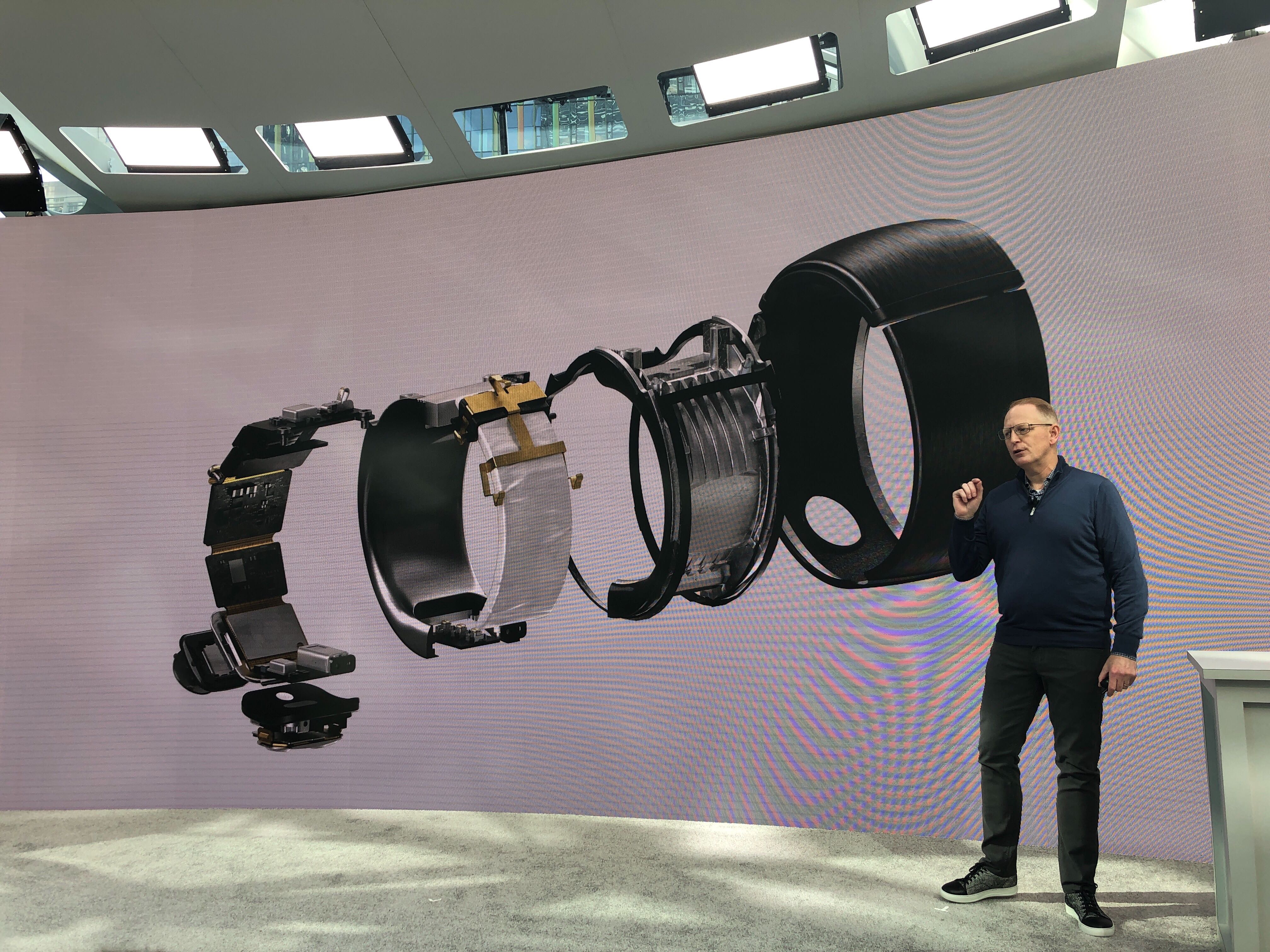Two years ago, Oculus announced a radical departure in how they were funding virtual reality developers. Instead of partnering with a ton of upstart teams looking to explore the medium and help fund their low-budget pursuits, the company would be pursuing fewer, more expensive projects with established studios. Their crown jewel would be a made-for-VR first-person-shooter coming in 2019 done in partnership with Titanfall developer Respawn Entertainment.
After two years with no further details, today, at its Oculus Connect 6 developer conference, it was announced that Respawn will be releasing a World War II shooter titled &Medal of Honor: Above and Beyond& on the Rift platform next year. That release is pushed back from the original 2019 timeline, Respawn wouldn&t nail down the release date any further than &2020.&
The game disappointingly will not be launching on Quest, the companyall-in-one headset, but with the newly-announced Oculus Link software feature launching November, it seems you&ll be able to play the title still, albeit in tethered mode.
Itnot at all clear how much Oculus invested in this title, thought it was clear from the press event that the scope of the titledevelopment was extensive and expensive. Oculus has pumped hundreds of million getting developers to bring their products exclusively to their VR platform, though at this point exclusivity is less of a concern as the companyVR competitors have largely either folded, shifted to higher-end price points, or moved to the enterprise market.
Onto the game itself, I had a chance to demo several levels of &Above and Beyond,& and itclear that the title will be a hit among Rift and Rift S users. It very much seems to be a full-game with around a dozen hours of campaign in single-player as well as a robust multi-player mode which I was not able to demo.
The mechanics are crafted for VR — every time you empty a clip you have to eject it from the gun you&re holding and insert a new magazine into the gun then cock your weapon all with the Touch controllers.
So many of the games made for VR haven&t had direct comparisons to console titles, but diving through bunkers shooting up nazis kind of showcased where Oculus pushes boundaries and where it falters. Interaction mechanisms are rich, immersive and where the Rift and Quest shine, but Oculus keeping the recommended PC system specs largely the same since launch hasn&t aged well. The Rift just can&t push pixels with outdated PCs and &Above and Beyond& showcases the max capabilities of the recommended spec systems but it seems like this generation is fully smashed against the glass wall which was the risk Oculus took when it launched the Rift S rather than a fully upgraded class of hardware.
The game is tons of fun, and was clearly thought out to extreme lengths, but one wonders whether Oculus would have invested so much energy into a PC-first title again had they known that two years later they would be pushing standalone experiences with Quest publicly with such fervor.

 7
7












